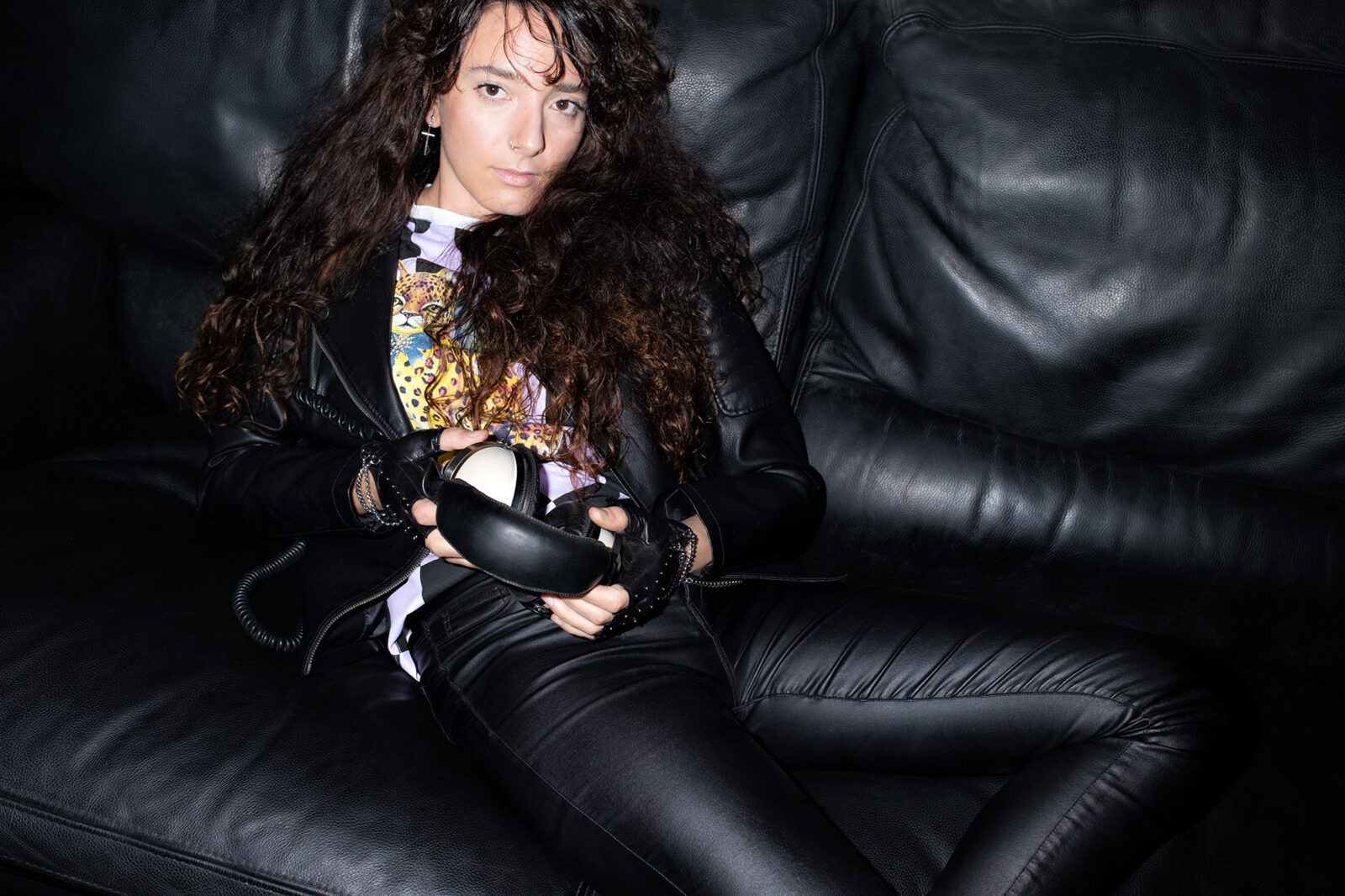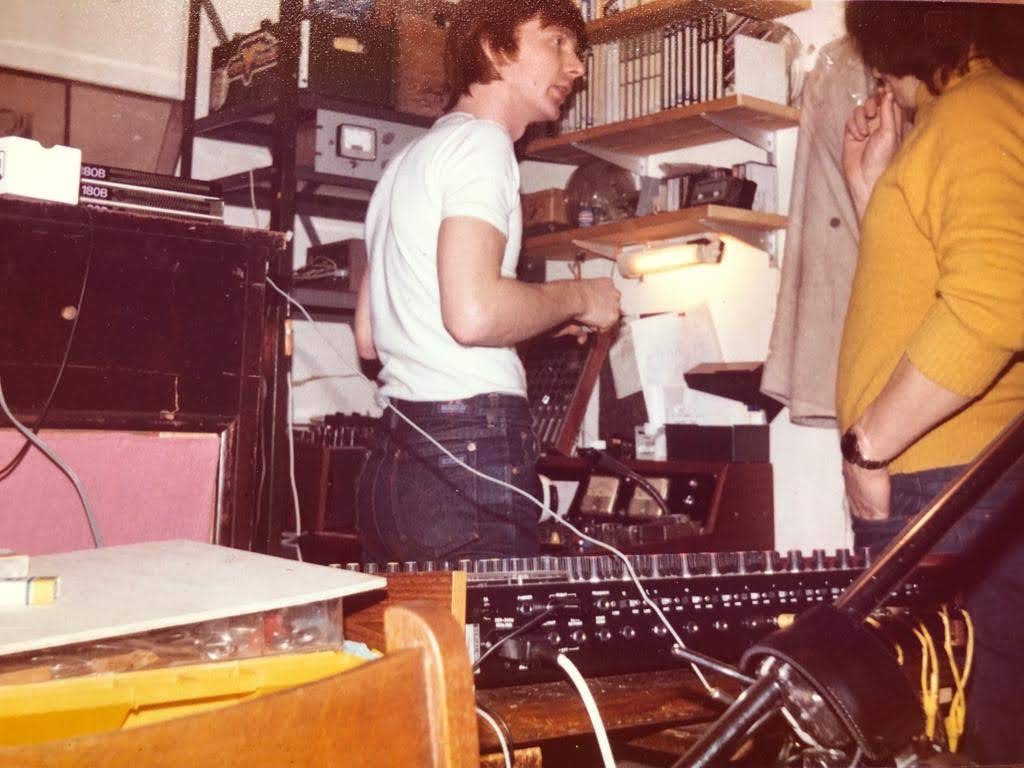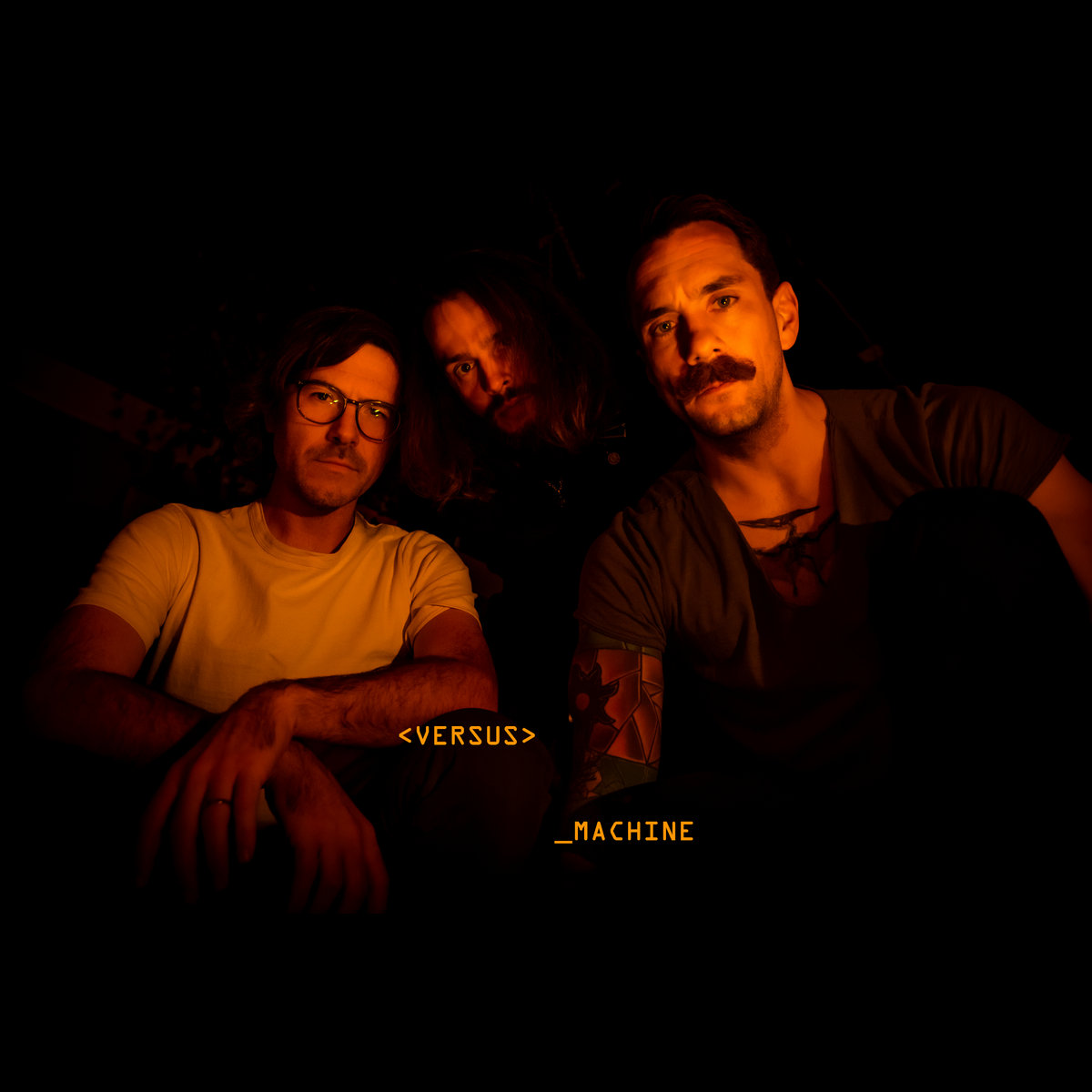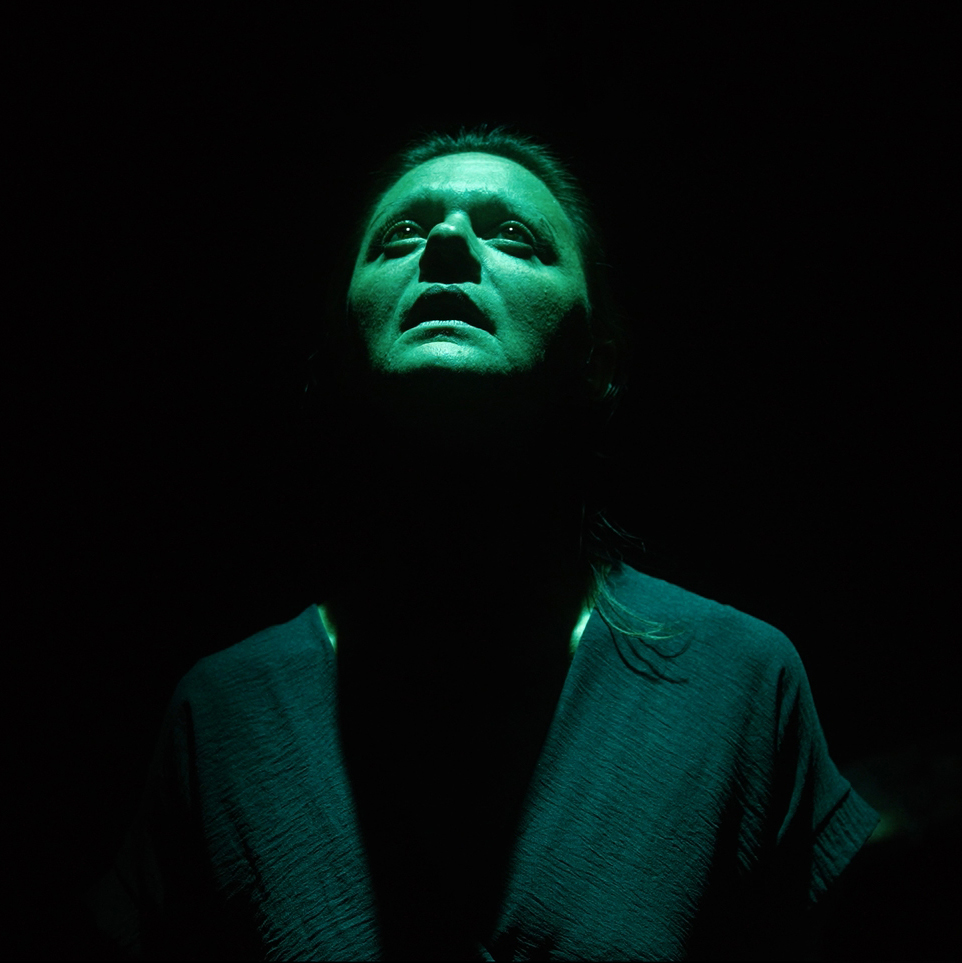Kety Fusco | Interview | ‘Beyond the Harp, Extreme, Extended, Experimental’
Kety Fusco transports us to a new era, one of music to make dreams come true and the subversive sounds generated by her harp sound research.
‘Beyond the Harp, Extreme Extended Experimental’ is the very first sound library of non-traditional sounds recorded with a classical Harp. By non-traditional sounds we mean all those sounds that you would never expect from a harp: in ‘Beyond the Harp’ you will only find sounds of strings plucked with clothespins for example and technical noises that come from the 1415 parts that make up the classical harp. You will hear the sound of the mechanics of the harp, the sound of the strings vibrating through the objects she’s using, such as a double bass bow, or a crystal glass.
Kety Fusco’s sound library contains 438 sounds and will make you discover that even in 2022 there is still something to discover about the oldest instrument in the world. Producers and composers will finally be able to create compositions with non-traditional harp sounds that will see the light for the first time in the world: ‘Beyond the Harp, Extreme, Extended, Experimental’.
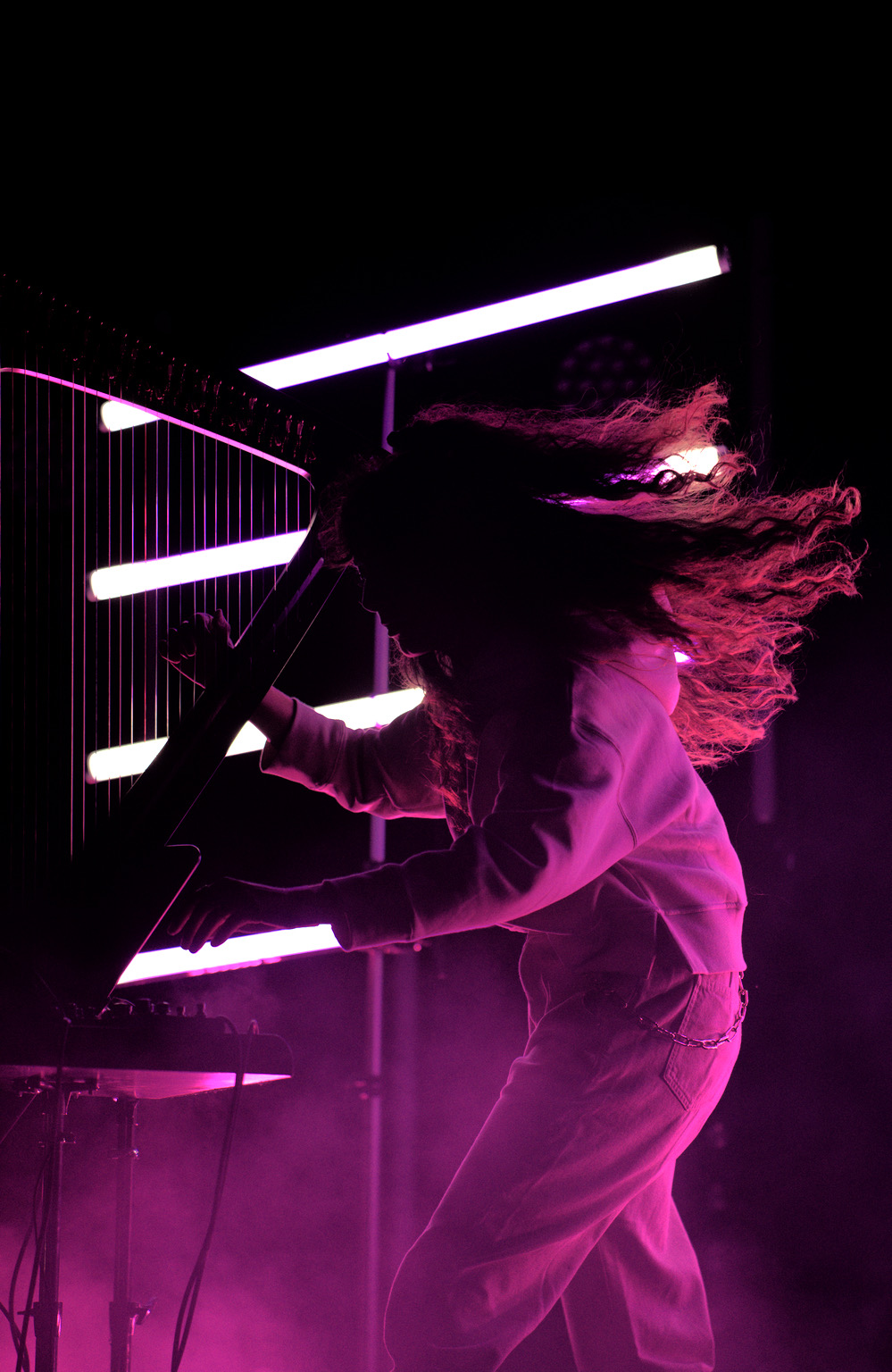
“Researching the unusual use of the harp”
How did you first get interested in harp and what in particular did you find the most fascinating when playing it?
Kety Fusco: I was very young when I fell in love with the harp: I was a hyperactive child and I needed to release my energy, so one day I met the harp. I was 6 years old, and we never left each other. Surely the thing I love most about the harp is that my whole body literally has to embrace it to play it, and the vibrations of the sound box resonate in my chest. It’s a feeling of calm and at the same time I feel like a warrior with my harp in my arms.
Tell us about the making of ‘Music To Make A Dream Come True’, which was recently released via Floating Notes Records. How did you approach the project?
The project grew out of the creation of my Harp Sound Library called ‘Beyond the Harp, Extreme, Extended, Experimental’. I created this library over the course of a year, collecting 436 sounds and categorising them into groups, by style and technique used. Then I told myself that it would be nice to show what can be done with my sounds, and although we are talking about a harp, the sounds are not necessarily “sweet and angelic”, that’s why I created “Music to make a dream come true”: because I want to show that the harp in this century can change connotation, can be seen under another aspect, while remaining the same instrument. I like to dare and go beyond what is expected. It bores me tremendously to do things that are easy and that everyone likes, it doesn’t give me great satisfaction. I prefer to strive for something that is difficult but pushes me to discover it and make it believable for everyone, like a horror harp.
You mentioned that you want to make a soundtrack for a horror film. I guess there are boundless possibilities when it comes to the avant-garde approach of playing harp or any other instrument for that matter.
Yes it’s true, the avant-garde approach with the tool allows you to circumvent boundaries, crossing limits, as you can allow yourself to transport people into a whole new and unexplored and above all unique world. For example, I’m working on my new live show where I’ve decided that I’m going to represent my upcoming album ‘THE HARP’ by Kety Fusco, with visual interactions through visual, reactive audio lights, smoke machine.
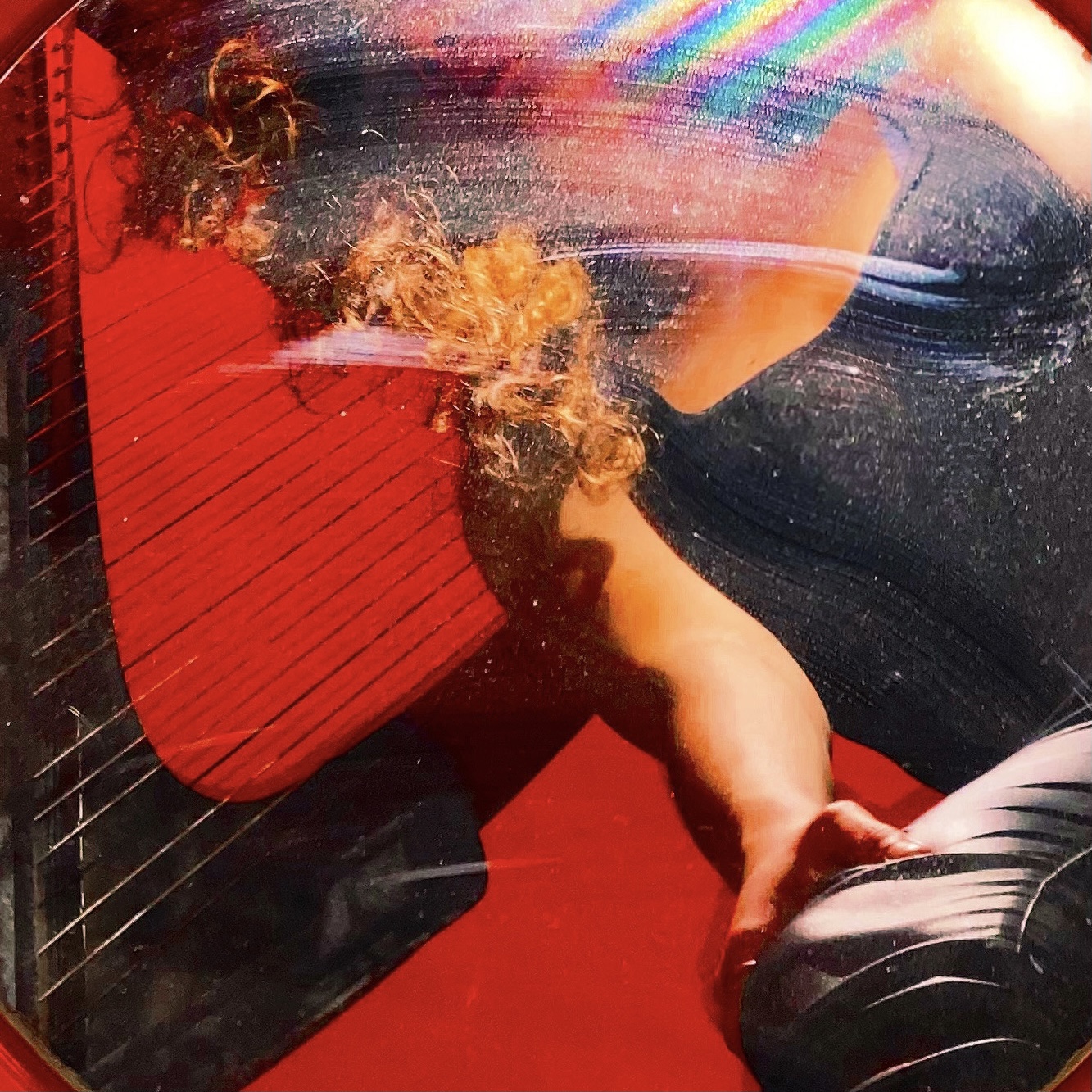
Is there a sequence of scenes you’re thinking about when you play?
It’s a very difficult question, because it often happens to me that when I’m playing I’m sort of disconnected from my mind, and when the concert ends I say to myself, “How can it be over already?”.
I experience every live show as a different journey out of my body and I’m so glad I don’t have to take drugs to feel that way!
How do you usually approach experimenting with electronic pedals et cetera? Is that difficult to fuse together?
No, at first glance it is not difficult because a harp sounds great with any pedal you try. Of course it is difficult to create a unique and personal timbre, and that is what I have been doing since I started this project. The harp is one of the instruments that already in acoustic gives a great range of timbral possibilities and it is a challenge to be able to stand out for the timbre. My approach to electronic pedals is still cognitive, in the sense that, for my first album, I used electronic pedals in a very scholastic way and without pushing myself too much. With my research project, which will result in an album in July, I am working as much as possible to move away from the harp sound, and not create sound carpets, but rather to granulate and distort the sound, open up the high frequencies and create drones from the resonances of the harp.
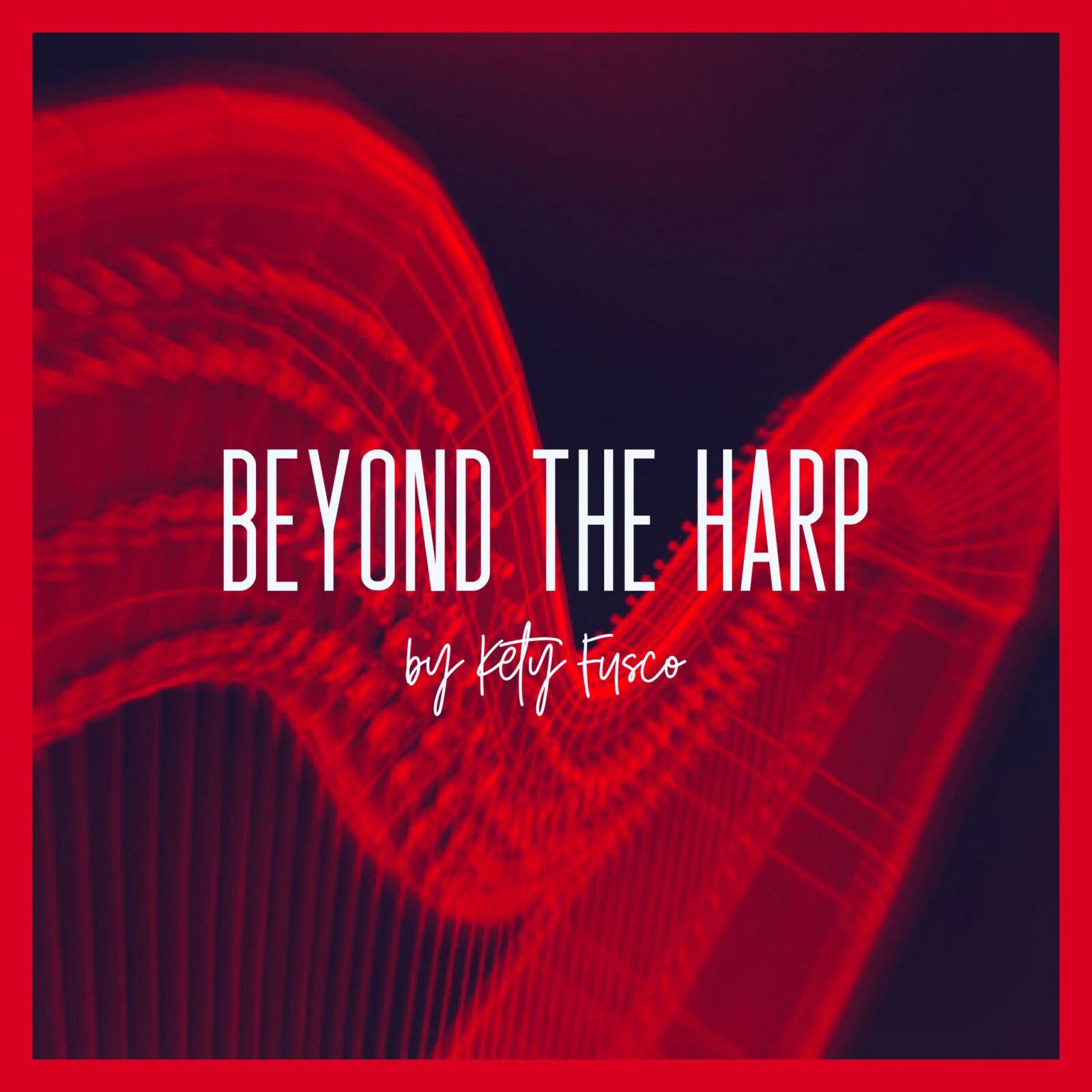
What are some of the most important players that influenced your own style and what in particular did they employ in their playing that you liked?
Certainly many musicians from the Swiss scene have influenced me in many ways, not only musically, but also artistically and performatively, and among them I would like to mention the band Peter Kernel, with whom I had the honour of collaborating in particular with the guitarist and co-founder of the group Aris Bassetti (On the Camper Records). Thanks to him I was able to radically change my approach to the harp instrument: since he comes from a rock and punk background (and has many more years and experience than I do) he led me to discover my instrument by looking at it from a different perspective.
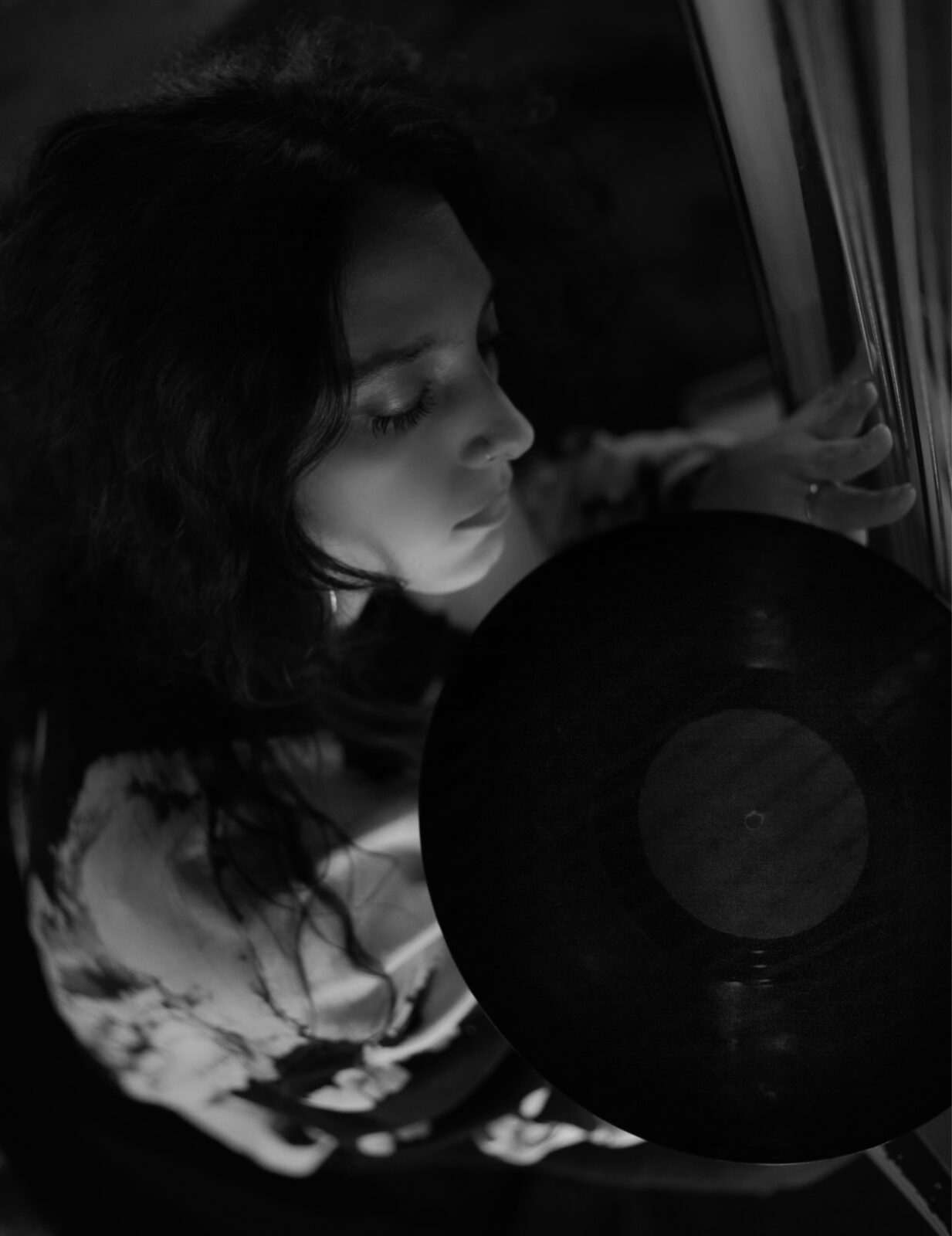
When you’re playing the harp, do you find yourself drifting off sometimes?
What led me away from arpeggios was the very project of researching the unusual use of the harp. I wanted to do as a first approach the first thing I would never have done and that is to move away from the obvious completely. For me, playing the harp is as easy as drinking a glass of water, so doing arpeggios and chords with pedals that modify the sound would have been too boring. So first of all I took scissors and I split a string, obtaining the sound of the resonance and then, to avoid having to pay for 47 strings of my harp, I looked for objects that could make sense in contact with the material of the instrument. For example, hairpins really opened up a world of sound for me!
Klemen Breznikar
Headline photo: Roger Weiss
Katy Fusco Official Website / Facebook / Instagram / YouTube
Floating Notes Records Official Website / Facebook / Instagram / YouTube

